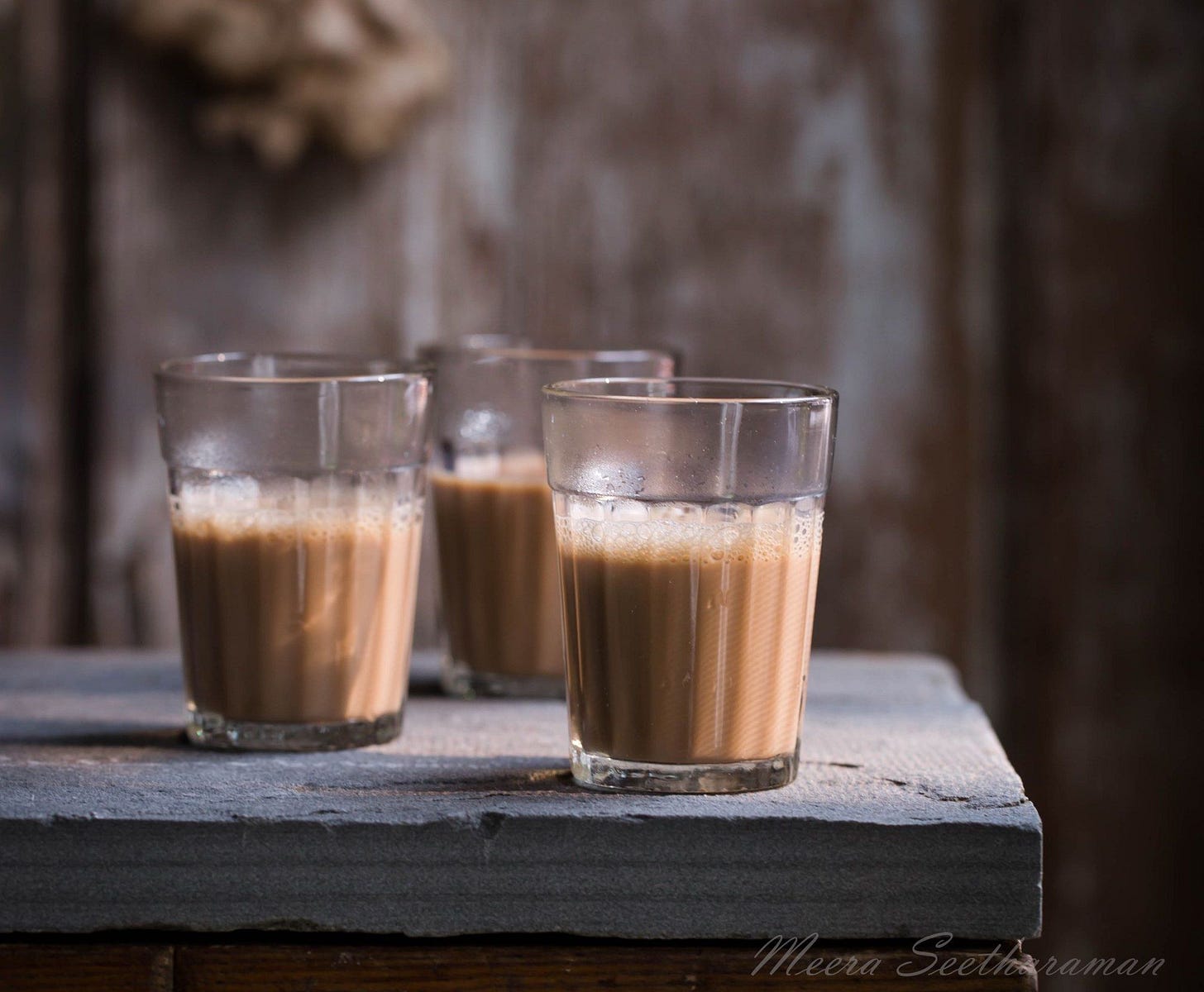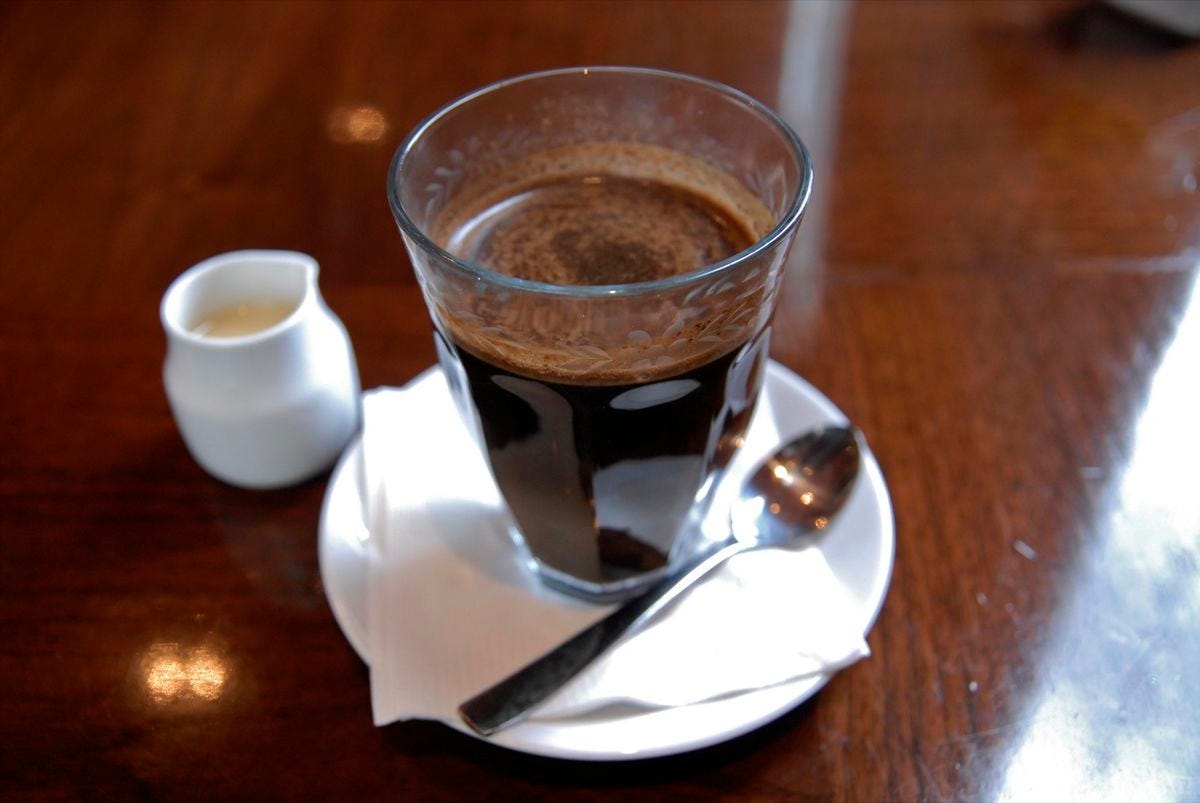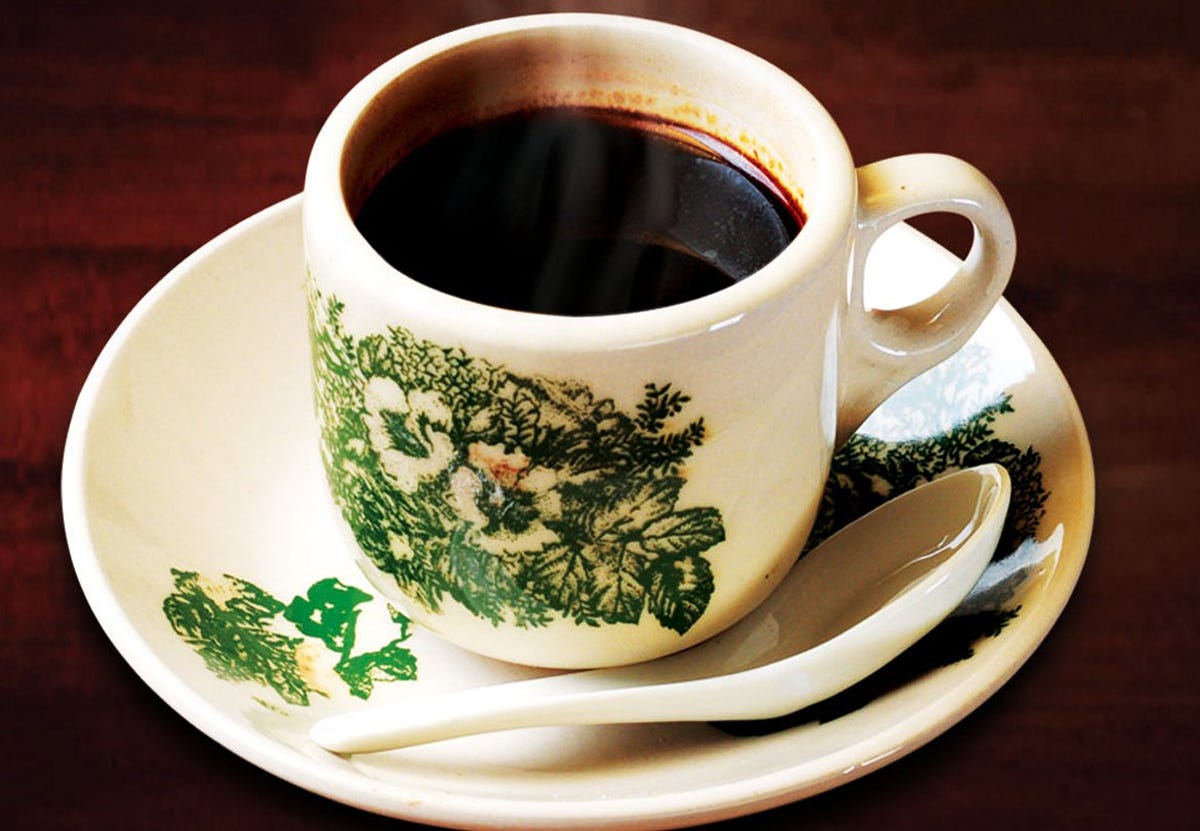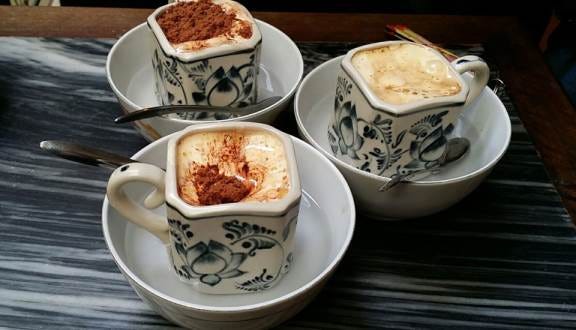Every last Monday of the month, we provide you with a free round-up issue, called Sarapan Pagi. We hope you’ll enjoy this first issue!
What beverages do you consume to stir yourself awake in the mornings?
Most of us only show signs of life once we’ve injected shots of caffeine into our system. The bravest of us insist that our coffee or tea must remain inky black, while the rest of us mortals add milk to smoothen out the bitter notes of our drink.
In our first issue of Sarapan Pagi, we celebrate five breakfast beverages we wake up to in Southeast Asia.
Morning Beverages from Across Southeast Asia
1. Masala Chai (Spiced Milk Tea)
– South Asian diaspora in Southeast Asia

Source: Pinterest
Did you know that masala chai began as a beverage made solely of spices, without the tea? Black tea was an expensive introduction during the British colonial period in India that was eventually introduced as it became more affordable. Today, this delicious spiced tea has suffused all over the world, including throughout Southeast Asia amongst Indian diasporas. It varies in the types of sweetener, milk, spices and even tea leaves used, but most agree that black tea provides the best bitter taste to the drink.
2. Kopi Tubruk (Grounded Coffee)
– Indonesia

Source: Diversity Coffee
Simple to make and consume, kopi tubruk involves pouring boiled water onto grounded coarse coffee beans. While coffee beans are diverse in Indonesia, this simple preparation makes it the most popular method of consuming coffee. Other fun variations include kopi joss, a specialty coffee in Jogjakarta that adds burning charcoal to the beverage (hence, its onomatopoeic name to reflecting its sizzling sound). To enjoy kopi tubruk, let the coffee grounds settle down as you do.
3. Sarabba
– Makassar, Indonesia

Source: Endeus
Much like chai, this spicy drink reflects Indonesia’s history surrounding spice – without the caffeine. What makes it unique is its thick blended base of coconut milk and egg yolks, flavoured with spices like pepper, cinnamon, cloves, star anise and ginger. Because of its base and spices, it is also considered the ultimate immunity booster.
4. Kopi Kaw
– Malaysia / Singapore

Source: PrimaDonna Life
In ubiquitous coffeeshops known as kopitiam or mamak stalls, the jet-black kopi kaw offers a strong, bitter wake-me-up with Liberica beans that have been roasted with butter or margarine. For those with a sweet tooth, it is often mixed with condensed milk to simmer down the burnt taste of its coffee.
5. Cà Phê Trứng (Egg Coffee)
– Vietnam

Source: Tuyen Quang Online
Before the Dalgona coffee hype, this foamy Vietnamese coffee was already making waves within and beyond Vietnam. Vietnam has long been famous for its coffee, ever since coffee beans were introduced in the late 1800s by a French Catholic priest. But when a serious milk shortage hit Vietnam during the French war, whisked egg yolk was used as a substitute. Today, the egg coffee is whisked with condense milk, and added on top.
Have you tried any of these drinks? What other beverages do you have in the mornings?
Read more about drinks across Southeast Asia:
· The Coffee Culture of Southeast Asia
· Most popular coffees in Indonesia
· Shift towards healthier beverages in Southeast Asia
What’s for Breakfast Today?
Every month, Sarapan Pagi highlights intriguing articles about Southeast Asia. Check out our recommended reads for the month!
· Sugar, spice, and everything not quite nice
by Kirana Soerono, Kontinentalist
We use spices in our meals, but did you know that wars were waged to possess these desired flavourings? This visual map uncovers the brief and bloody history behind highly prized spices of Asia, such as nutmeg, cloves, cinnamon, sugar, and black pepper.
· The Cultural Milieu of Makan Sirih
by Hera, B-side
What is sirih and how important is it? This article explores what makan sirih (betel chewing) is and the customs surrounding it in the Malay archipelago.
· 6 Essential Seasonings for Authentic Southeast Asian Cooking
by Connie Veneracion, The Spruce Eats
From vinegar to fish sauce, this short overview of Southeast Asian seasonings examines the ways simple condiments can add a dimension of taste to food in Southeast Asia.
· Twitter war with China results in ‘Milk Tea Alliance’
by Patrick Flannery, Southeast Asia Globe
The “Milk Tea Alliance” is a cute meme that symbolises the united love for milk tea amongst Taiwanese, Hong Kong and Thai users. Emerging in a seemingly harmless Twitter spat, this article looks at how this meme came about and how it may actually indicate Thailand’s growing dissatisfaction with China's presence in Southeast Asia.
That’s all for now! We hope you enjoyed the read and learnt something new about Southeast Asia. Keep a look out for our next issue in August as we include more exciting content about our region.
Jumpa lagi!
Cari Makna team
Like what you see? Invite friends and family to subscribe to our monthly issue and newsletter.

